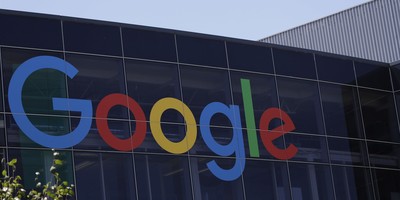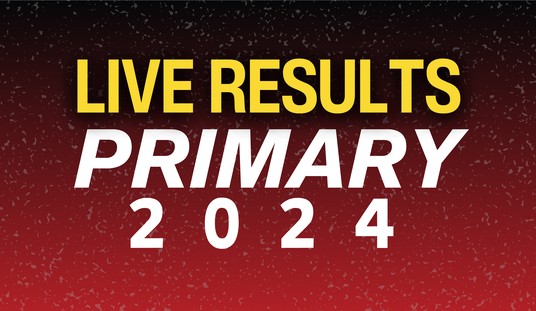Kansas Gov. Sam Brownback (R) has become a punching bag for liberal pundits. They particularly dislike his tax reforms, which they say are causing a state budget disaster. Nicole Kaeding and I awarded Brownback an “A” on our “Fiscal Report Card.” So let’s take a look at how liberal and libertarian views on Governor Brownback differ.
John Judis at the New Republic writes, “the heart of his program consisted of drastic tax cuts for the wealthy…”
Brownback did sign into law large tax cuts, but that is a good thing. Legislation in 2012 replaced income tax rates of 3.5, 6.25, and 6.45 percent with lower rates of 3.0 and 4.9 percent, while substantially increasing the standard deduction. Those cuts provided savings for taxpayers at all income levels, not just the wealthy.
Judis continues, “Brownback’s tax cuts had produced a staggering loss in revenue—$687 million, or nearly 11 percent.” Tax Foundation shows the revenue effects of 2012 and 2013 tax legislation here. Judis gets the numbers about right, but I don’t think that magnitude of revenue change is “staggering.” In 2011, Gov. Dan Malloy (D) increased overall Connecticut taxes about 15 percent. That same year, Gov. Pat Quinn (D) increased overall Illinois taxes about 25 percent—now that is “staggering.” (Details on both increases here).
The important thing with tax cuts is that politicians need to match them with spending cuts so they are sustainable. Brownback has been frugal on spending, but it is true that Kansas needs further budget reforms so that future spending growth matches projected revenues. However, that restraint will be beneficial, as it will encourage policymakers to trim low-value programs in the budget.
Paul Krugman slammed Brownback’s tax cuts, saying, “the state’s budget has plunged deep into deficit, provoking a Moody’s downgrade of its debt.”
One problem with that assessment is that state budgets don’t really “plunge deep into deficit” like the federal budget does. Nearly all states must legally balance their general funds. They often cheat a bit with accounting maneuvers, but they generally get it done.
This recent report from the Kansas Policy Institute (KPI) shows how modest budget changes in Kansas can close the gap between projected future revenues and spending. If Brownback is reelected, he will need to trim spending to match his reduced revenues because the Kansas governor is required to submit balanced budgets. By contrast, the federal government has no balanced budget requirement, and it is federal politicians who have “plunged deep into deficit” in recent years, ironically with Krugman’s strong support.
Krugman is right that the Kansas credit rating has been downgraded, which is certainly bad for the budget. Let’s explore the issue with this chart from Pew. Notice that the ratings are somewhat fluid, with occasional upgrades and downgrades. After the chart was published, S&P downgraded Kansas from AA+ to AA, but the state has lots of company in that lower category.
Nonetheless, Kansas policymakers should roll up their shirtsleeves and begin trimming spending to regain the AA+ rating. Looking at KPI’s “medium” revenue estimate (Table 12), Kansas will need to trim at least 5 percent from spending by 2019 to match revenues, which does not sound too difficult to me.
Brownback’s critics are trying to make the larger point that state tax cuts should be avoided because they lead to low credit ratings. But looking at the Pew chart, there is no obvious relationship between major tax changes and the ratings. Two states that passed large tax hikes in recent years—California and Illinois—have the lowest ratings. And two states that passed large tax cuts in recent years—North Carolina and Indiana—have the highest rating.
For more on recent state tax cuts and increases, see the governor’s report card. For other commentary on the Kansas tax cuts, see Will Upton here and Amity Shlaes here.

























Join the conversation as a VIP Member